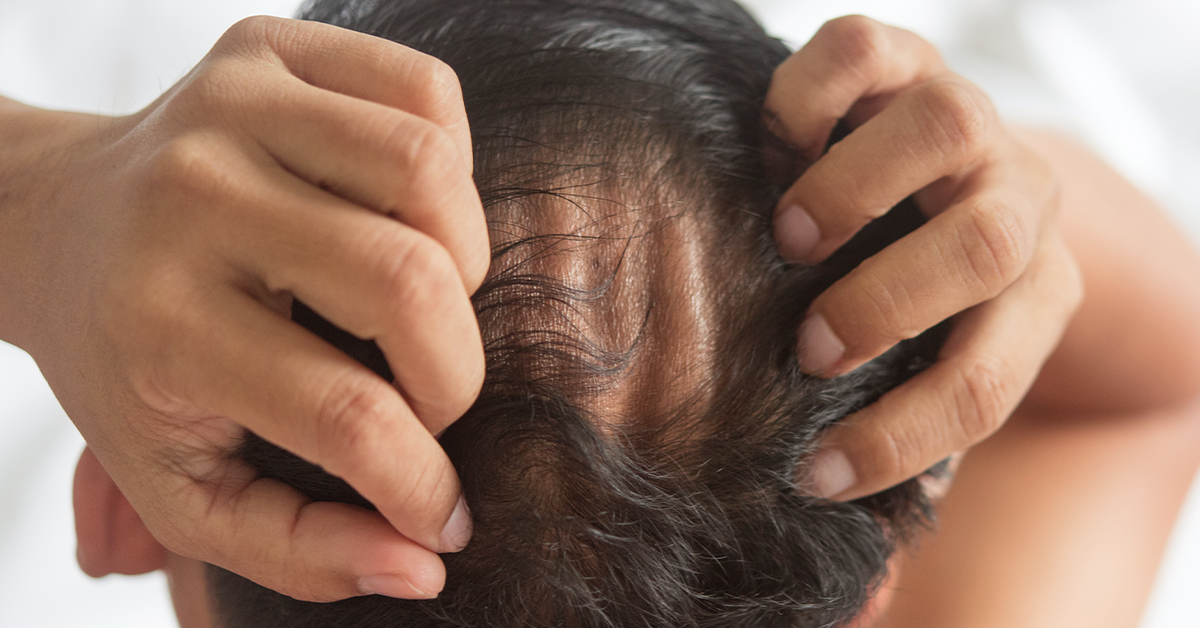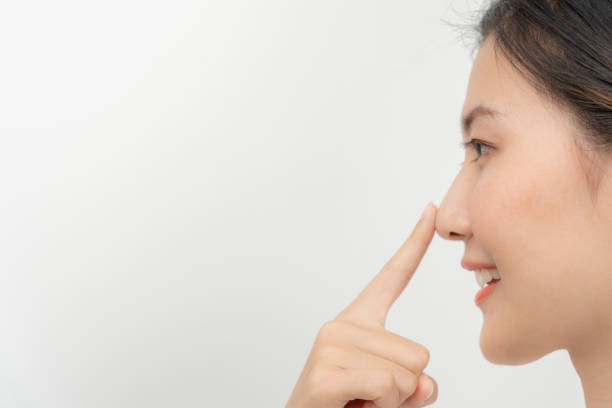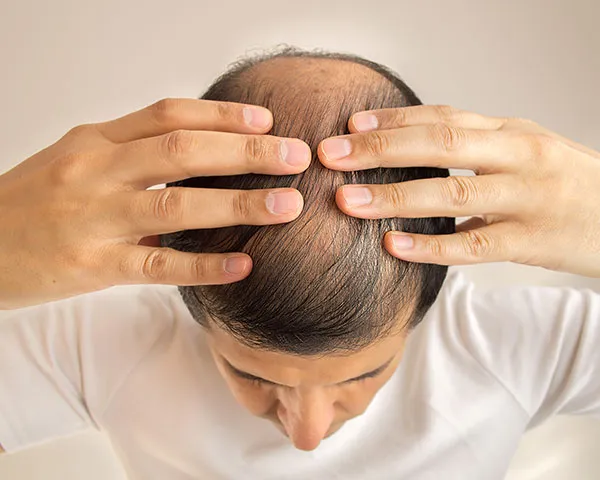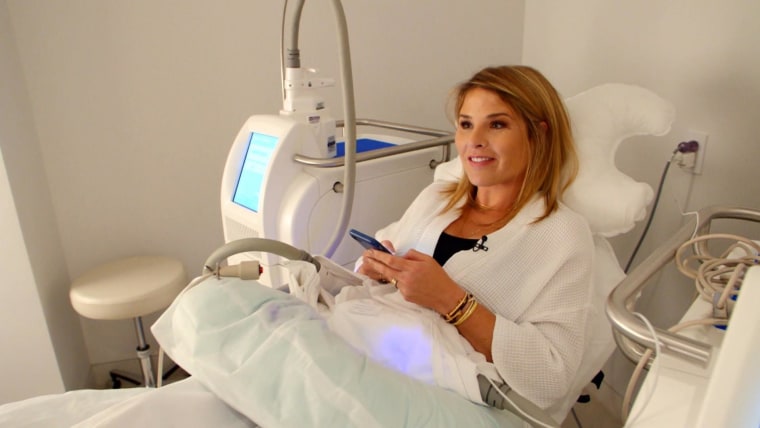One of the most frequently asked questions in hair restoration is whether hair cloning works for genetic hair loss. Androgenetic alopecia, commonly known as male or female pattern baldness, is largely influenced by genetics and hormone sensitivity. Hair cloning offers a promising approach to treat this condition by regenerating hair follicles from a patient’s own cells, potentially providing a long-term solution even when traditional treatments fall short. Understanding how the procedure works, its effectiveness, and the considerations involved is essential for anyone considering hair cloning for genetic hair loss.
What Is Treatment And How It Works?
Hair cloning in Dubai(استنساخ الشعر في دبي) begins with extracting healthy follicular cells, typically dermal papilla cells, from donor regions that are resistant to hair loss. These cells are cultured in a laboratory to multiply, creating new hair follicles. Once the follicles reach sufficient numbers, they are implanted into areas affected by thinning or balding.
The newly implanted follicles then enter the natural hair growth cycle, including anagen (growth), catagen (transition), and telogen (resting) phases. Since the follicles originate from genetically stable donor hair, they are often resistant to the hormonal effects that cause genetic hair loss, allowing for sustainable growth even in areas prone to thinning.
Importance Of Hair Cloning Treatment:
The significance of hair cloning treatment for genetic hair loss is substantial. Conventional methods like medication or traditional transplants may slow hair loss or redistribute existing hair, but they cannot generate unlimited new follicles. Hair cloning addresses this limitation by multiplying cells from a small donor area to produce a large number of follicles, effectively increasing scalp coverage and restoring density.
Benefits specific to genetic hair loss include:
-
Permanent solution: New follicles may be resistant to androgenetic effects.
-
Natural appearance: Cloned hair integrates seamlessly with existing strands.
-
Comprehensive coverage: Allows treatment of extensive bald areas that traditional transplants cannot fully address.
-
Reduced dependency on donor hair: Maximizes results even in patients with limited donor zones.
Types Of Hair Cloning Techniques:
Various hair cloning techniques can impact effectiveness for genetic hair loss:
-
Stem Cell-Based Cloning: Uses pluripotent stem cells to generate multiple follicles, ideal for larger areas affected by genetic thinning.
-
Dermal Papilla Cell Multiplication: Expands follicle-forming cells for consistent density, effective in treating patterned baldness.
-
3D Follicular Engineering: Combines cells with scaffolds to replicate natural follicle architecture, supporting robust integration in genetically sensitive areas.
The technique used influences both the speed of hair regrowth and the degree of density achievable.
Preparation And Aftercare:
Proper preparation and aftercare are vital to maximize hair cloning results in genetic hair loss cases:
Preparation:
-
Ensure a healthy scalp free of infections or inflammation.
-
Avoid substances such as alcohol or tobacco that may impede healing.
-
Maintain a balanced diet to support cell regeneration.
-
Disclose any underlying medical conditions to prevent complications.
Aftercare:
-
Protect the scalp from trauma and excessive sun exposure.
-
Avoid strenuous activity during initial recovery.
-
Use gentle shampoos and avoid harsh chemicals.
-
Attend scheduled follow-ups to monitor follicle integration and hair growth progress.
Adhering to these steps increases the likelihood that new follicles thrive, especially in areas predisposed to genetic hair loss.
Ideal Candidate For Hair Cloning:
The ideal candidate for Hair cloning(استنساخ الشعر) in cases of genetic hair loss includes:
-
Men or women experiencing patterned baldness or thinning due to genetics.
-
Individuals with healthy donor follicles resistant to androgenetic effects.
-
Patients in good overall health with realistic expectations for regrowth.
-
Those willing to follow pre- and post-procedure care to maximize results.
Identifying suitable candidates helps ensure that the procedure is effective and long-lasting.
How To Choose The Right Clinic?
Choosing the right clinic is essential for success, especially for genetic hair loss:
-
Experience: Select clinics with a proven record in hair cloning and regenerative hair restoration.
-
Advanced Technology: Laboratories capable of precise cell culture and follicle implantation support consistent results.
-
Patient Feedback: Review documented outcomes and testimonials, specifically for genetic hair loss cases.
-
Comprehensive Consultation: Clinics should provide guidance on expected results, potential limitations, and recovery protocols.
A qualified clinic ensures that follicles are handled carefully and implanted with precision to maximize survival and growth in genetically affected areas.
Risks And Benefits:
Understanding the risks and benefits is critical:
Benefits:
-
Potential to regenerate hair resistant to genetic hair loss.
-
Natural-looking coverage with improved density.
-
Permanent long-term results when follicles integrate successfully.
-
Ability to treat areas with limited donor hair.
Risks:
-
Temporary redness, swelling, or mild discomfort at donor or implantation sites.
-
Initial shedding of implanted follicles before growth begins.
-
Individual variability in follicle survival and growth rate.
-
Minor scalp irritation or tenderness as follicles integrate.
Most risks are temporary and manageable with proper care, making hair cloning a safe option for genetic hair loss.
Frequently Asked Questions:
1. Can hair cloning stop genetic hair loss?
While it cannot alter underlying genetics, it can generate follicles resistant to androgenetic effects, effectively restoring density.
2. How long until results appear?
Initial growth may appear within 3–6 months, with full results visible in 9–12 months.
3. Is it effective for both men and women?
Yes, hair cloning can treat genetic hair loss in all genders with healthy donor follicles.
4. Are multiple sessions necessary?
Larger bald areas may require additional sessions for optimal coverage and density.
5. Do side effects affect outcomes?
Mild temporary effects usually do not impact long-term follicle survival or growth.
Conclusion:
In conclusion, hair cloning works for genetic hair loss by regenerating follicles from genetically stable donor cells, offering a permanent, natural-looking solution. While results depend on individual factors, preparation, and technique, this advanced approach provides hope for those affected by androgenetic alopecia, delivering effective density, coverage, and long-term hair restoration.







0 Comments